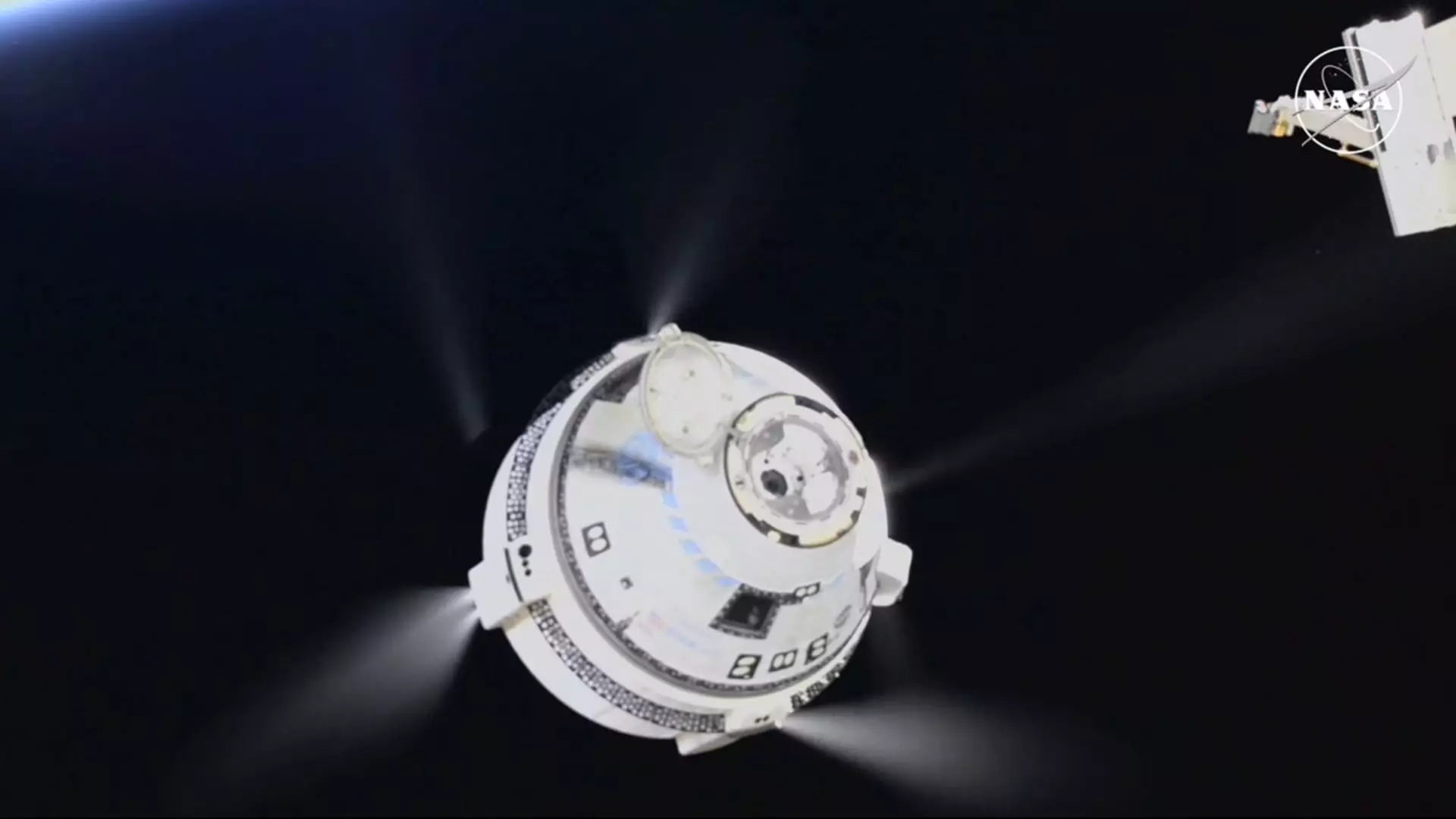The Complex Journey of Boeing’s Starliner: Challenges and Future Implications

On Friday, Boeing’s Starliner spacecraft successfully undocked from the International Space Station (ISS), albeit months later than initially planned. The mission’s timeline was significantly altered, as the spacecraft was expected to return shortly after delivering two NASA astronauts, Butch Wilmore and Suni Williams, to the ISS in early June. Instead of descending back to Earth alongside its crew, Starliner completed its mission without them, as Wilmore and Williams will remain in orbit until February aboard SpaceX’s Dragon spacecraft. This decision reflects the ongoing complexities associated with the Starliner program as NASA continues to evaluate its operational capabilities.
The undocking occurred at 6:04 p.m. ET, and after a six-hour journey, the Starliner marked its return at 12:01 a.m. ET on Saturday, landing at White Sands Space Harbor in New Mexico. The process was tailored to ensure the safety of the ISS since manual control by astronauts was not an option during this uncrewed return. NASA test pilot Suni Williams encapsulated the spirit of the mission, assuring mission control, “We have your backs, and you’ve got this.” Her remarks illustrate the collaborative effort required during the Starliner mission, even in the absence of a crew during the return phase.
Prolonged Mission and Technical Challenges
Interestingly, the duration of this particular mission exceeded expectations dramatically. Starliner was initially anticipated to remain in low Earth orbit for about nine days. However, it lingered for nearly three months while Boeing dealt with propulsion system issues. This extended time in orbit raised eyebrows and led to multiple delays in the planned return. Boeing’s insistence on the safety of the Starliner for crewed return flights amid ongoing investigations revealed internal pressures within the company and its relationship with NASA.
The late decision to send Starliner back uncrewed was cited as a strategy to “further understand the root causes” of the propulsion problems. This shift, however, casts a shadow on the series of progress benchmarks that Boeing had hoped to achieve, particularly in the context of NASA’s intentions for a diverse human spaceflight program.
Starliner’s setbacks are not merely technical; they have commercial ramifications as well. With a staggering loss of over $1.5 billion attributed to delays and failures, Boeing’s future in NASA’s Commercial Crew Program hangs in the balance. NASA had envisioned a landscape where both Boeing and SpaceX could offer reliable transportation to the ISS, fostering competition and innovation. However, these troubles may hinder Boeing’s ability to deliver on its contractual obligations and could jeopardize the momentum of U.S. commercial space endeavors.
The road ahead for Boeing’s Starliner will likely necessitate rigorous scrutiny and swift remediation of identified issues. As the company reflects on this challenging interim, it must focus on regaining trust—both from NASA and the broader space exploration community. The ongoing complexity of human spaceflight underscores the necessity of adaptability and resilience in aerospace ventures. With lessons learned from this mission, Boeing must pivot strategically if it hopes to reclaim its role in the burgeoning field of commercial space travel.





